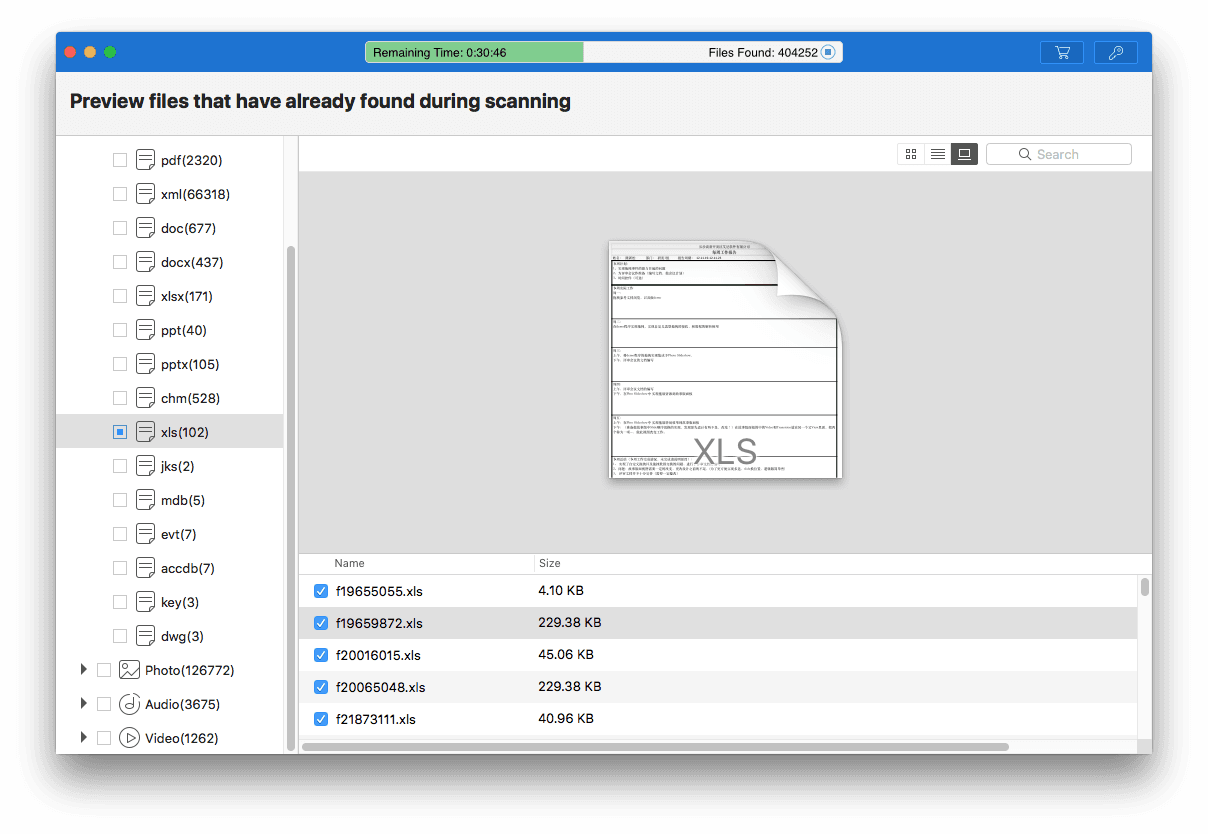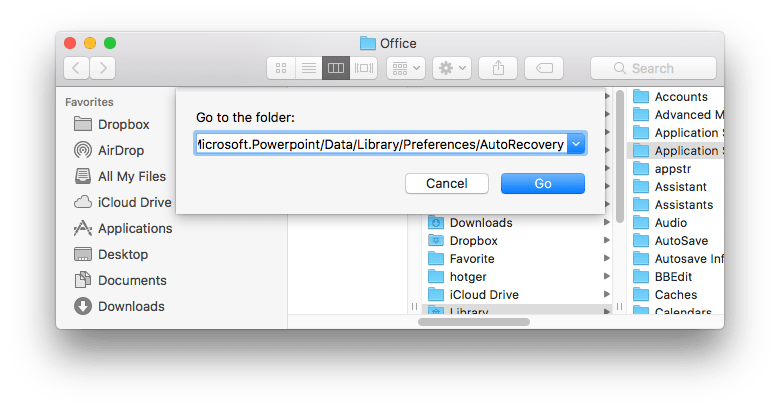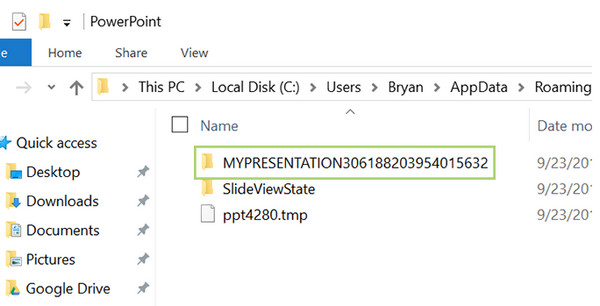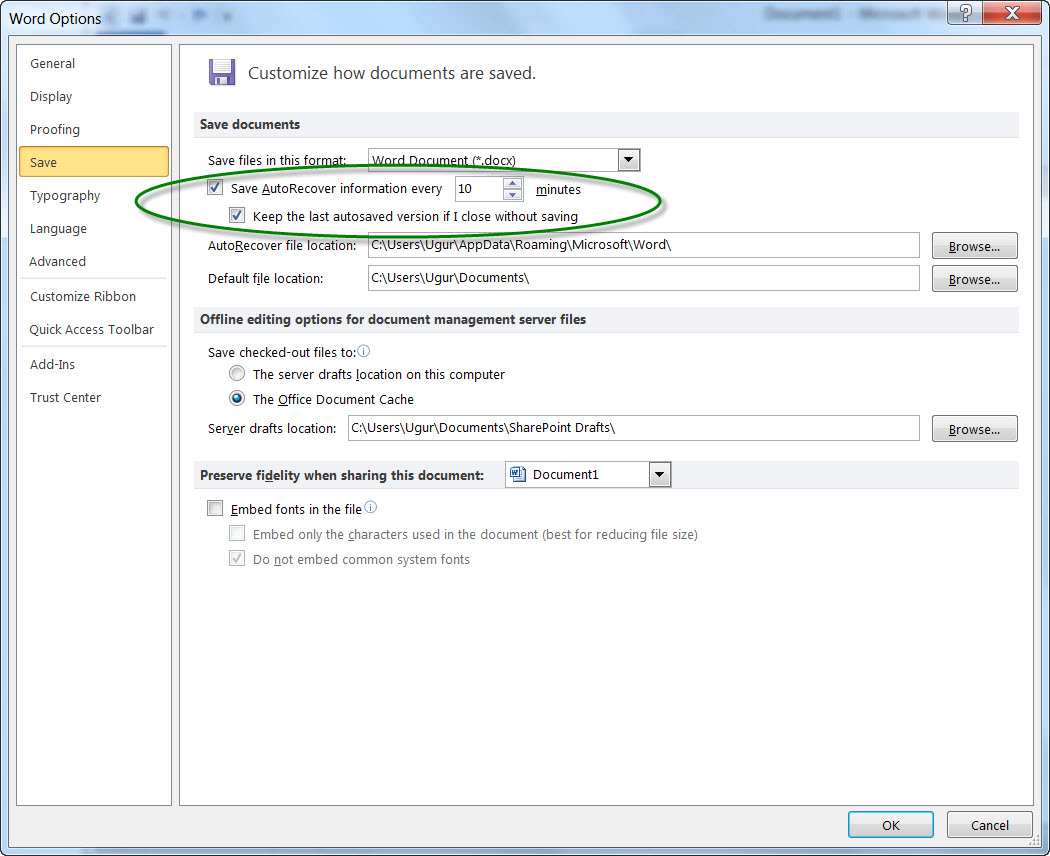

- #Auto recover powerpoint for mac 2016 update
- #Auto recover powerpoint for mac 2016 software
- #Auto recover powerpoint for mac 2016 windows
It was released on macOS on Jand on Microsoft Windows on Septem. Microsoft Office 2016 (codenamed Office 16) is a version of the Microsoft Office productivity suite, succeeding both Office 2013 and Office for Mac 2011, and preceding Office 2019 for both platforms. In Google Drive, you can easily restore a previous version of any Google-format file (e.g., Docs, Sheets, Slides). Microsoft Office 2016 For Mac 15.25 - teever. You (or someone you're sharing the document with) might make accidental changes. Learn more about restoring To Restore a Google-format File to an Older Version Select the file(s) you'd like to restore.Go to the Trash in Google Drive on the web.You can restore the file from the Shared Drive's Trash using Google Drive on the web only within those 30 days ( more about deleting and restoring in Shared Drives). Once in the Trash, the file will be permanetly deleted after 30 days. Similarly, if you use Drive File Stream, if you have Content Manager or higher access, you can delete by moving it to your computer's trash (which will also move the item to Trash in the Shared Drive on the web). If you delete a file you own in a Google Drive Shared Drive on the web, it moves to the Trash (which you can access by clicking on More in the list on the left). Shared Drives: Trash Deleted After 30 Days To prevent collaborators from losing access, consider making someone else owner of the document before it is permanently deleted. Keep in mind that if you've shared a document and then moved it to the trash, those you've shared it with will have access until it is permanently deleted after 30 days. In both cases, items inTrash are automatically deleted after 30 days ( learn more about My Drive Trash). You can restore the file from My Drive's Trash using Google Drive on the web only within those 30 days. Similarly, if you've downloaded Google Drive for PC/Mac, you can delete an item you own by moving it to your computer's trash (which will also move the item to Trash in Drive on the web). If you delete a file you own in Google Drive on the web, it moves to the Trash (which you can access by clicking on More in the list on the left). My Drive: Trash Now Deleted After 30 days I tried to find those same registry entries in Office 365 Home and came up empty.Starting October 13, 2020, Files in the My Drive and Shared Drives Trash are permanetly deleted after 30 days (before then, My Drive trash wasn't deleted automatically). Unfortunately, the hack works only in Office 365 ProPlus. That's according to a Microsoft support article. If you're equally miffed, there's one more option: You can disable AutoSave by tweaking the Windows registry.


Plenty of web and mobile apps present users with informative overlays when introducing them to new features. I wouldn't be so miffed about this if Microsoft had notified me first. What if I make changes and then decide to abandon them? Now I've got an unnecessary, unwanted copy I have to manually delete. Microsoft recommends that when you open an existing document with the intention of saving it with a different filename, you use the new "Save a Copy" option (which is what replaced "Save As") before you make any changes. There's another way to work around this, but it means changing the way you work, and probably have worked for decades. Sure, you can turn off AutoSave - but only if you turn off automatic backups as well. If you're willing to do that, click File > Options > Save, then clear the checkbox next to "Save AutoRecover information every X minutes." That effectively disables AutoSave - while also leaving you without the aforementioned backup. What you can do is turn off AutoRecover, the feature that automatically creates a backup at regular intervals. There's no way to globally disable AutoSave.

It gets worse: Although you can easily turn off the new AutoSave feature by clicking the little toggle in the upper-left corner of the screen, that turns it off only for the current document. To me it seems borderline insane that Microsoft would change a fundamental method of saving Office documents without adequately informing users.
#Auto recover powerpoint for mac 2016 update
This is especially frustrating because the update was pushed out without warning, explanation or instruction.
#Auto recover powerpoint for mac 2016 software
What's more, when working on a document that's already been saved at least once, you'll notice that the "Save As" option - as old as the software itself - has disappeared from the File menu. Because of an incomprehensible change pushed out not long ago, any changes you make are automatically saved - meaning your original document is overwritten, even if you don't want it to be. Just one problem: Microsoft's Office 365 no longer works that way. That leaves the original alone, but gives you a modified copy. Method 2: Recover unsaved PowerPoint files from the AutoRecover folder Powerpoint has a 'Restore' command under its 'File' menu, which is empty. Check for unsaved PPT files, click on the file you want to restore, and drag to the desktop. Here's a common practice: You open an existing document in Microsoft Word, Excel or PowerPoint, make some changes to it, then save it using a different filename. Method 1: Recover an unsaved PowerPoint Mac from the Trash folder Double-click the trash can icon to open it.


 0 kommentar(er)
0 kommentar(er)
